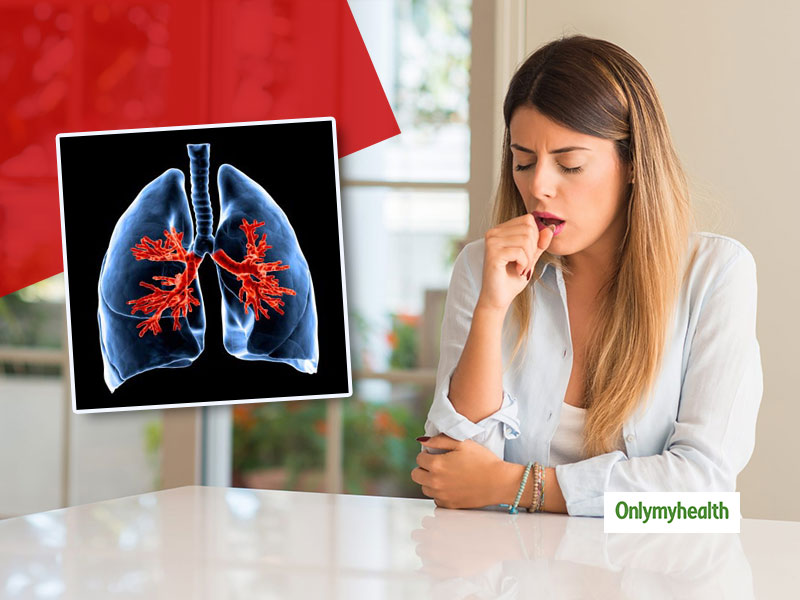
Is taking deep breaths good for your lungs? When the fluid gets collected in the numerous air sacs inside the lungs, a condition is medically known as pulmonary oedema, usually breathing difficulty. Several medical conditions can result in the fluid inside the lungs, such as pneumonia. However, the most common cause is believed to be heart problems. Other factors that may lead to fluid in the lungs include exposure to certain toxins and medications, trauma to the chest wall and exercise. You will be pleasantly surprised to know that there are specific efficient breathing exercises to eliminate fluid in the lungs.
Table of Content:-
Deep breathing exercise for fluids in the lungs
Deep breathing exercises not only keep your lung muscles healthy but also keep infections and pneumonia at bay. The best part is that you don’t have to spend long hours at the gym; you can perform deep breathing exercise on an hourly basis to maintain oxygen levels and keep your lungs clear of excessive carbon dioxide buildup.

Here is how you can do it
- Sit or stand straight with your head facing forward.
- Place your hand on your abdominal region to ensure you are doing the exercise correctly.
- Now take in a deep breath through your nose. And, while doing so you can count to 4 as you inhale.
- Hold your breath for a count of 6 and then push air out of your lungs through your mouth as you count to 8. Your abdomen should expand when you exhale.
- Repeat the exercise 10 times for best results.
Also Read: Can Turmeric Ease Arthritis Knee Pain? Know What Researchers Say
Removing fluid from lungs by coughing
Finding this suggestion weird? Wondering how something that we see so annoying can help us remove fluid from the lungs? Yes, nobody likes to get those sudden coughing attack, but you won’t find coughing that bad after all, on knowing that it can help you remove the excess mucus in the lungs. Yes, not many people know that it’s an essential step in recovery from a lung surgery or other condition that created a build-up of fluids. So how does one initiate productive coughing? Well, as per the Cancer Supportive Care Programs, stacked breathing exercises can effectively create coughing when you exhale.

- Take in a breath through your nose and press your tongue to the roof of your mouth in order to tighten the muscles in the throat. Doing so will close your throat thereby, preventing any air from escaping.
- Now while holding your breath for a couple of seconds, push out the air with a cough. Keep coughing if you feel your throat is tickling.
- Push out any mucus that comes up with the cough.
Also read: Hypertension Diet: 3 Juices to lower your blood pressure levels
Breathing blow bottle to get rid of fluid in the lungs
Some people are discharged from the hospital once their surgical procedures are finished with a blow bottle that helps reduce fluid in the lungs. Doctors recommend patients with lung problem to use this tool at least once every 30 minutes for a few seconds.

How to use it?
- All you have to do is place the tube in front of your mouth and blow out any air in your lungs.
- Now move the tube into your mouth and take a deep breath so that ball rises in the bottle.
- Try rising the ball to a level predetermined by your doctor. Once you hit the mark, you can remove the tube and exhale. Repeat this ten times.
Also Read: Pilates Expert Is Telling Some Exercises to Increase Flexibility
Short breaths to remove fluid from the lungs
Concentrating on your breathing patterns also plays a vital role in removing fluid from the lungs. Proper breathing keeps the lungs clear of fluid by providing more oxygen to the cells. Also, make sure that you exhale through your nose while performing this exercise. Inhale deeply through your mouth and exhale through your nose quickly. While doing so, you should aim for one exhalation every second. Relax when all the air is expelled and retake a deep breath, exhaling in quick, short breaths. Repeat five times.
Read more articles on Exercise and Fitness
Also watch this video
How we keep this article up to date:
We work with experts and keep a close eye on the latest in health and wellness. Whenever there is a new research or helpful information, we update our articles with accurate and useful advice.
Current Version